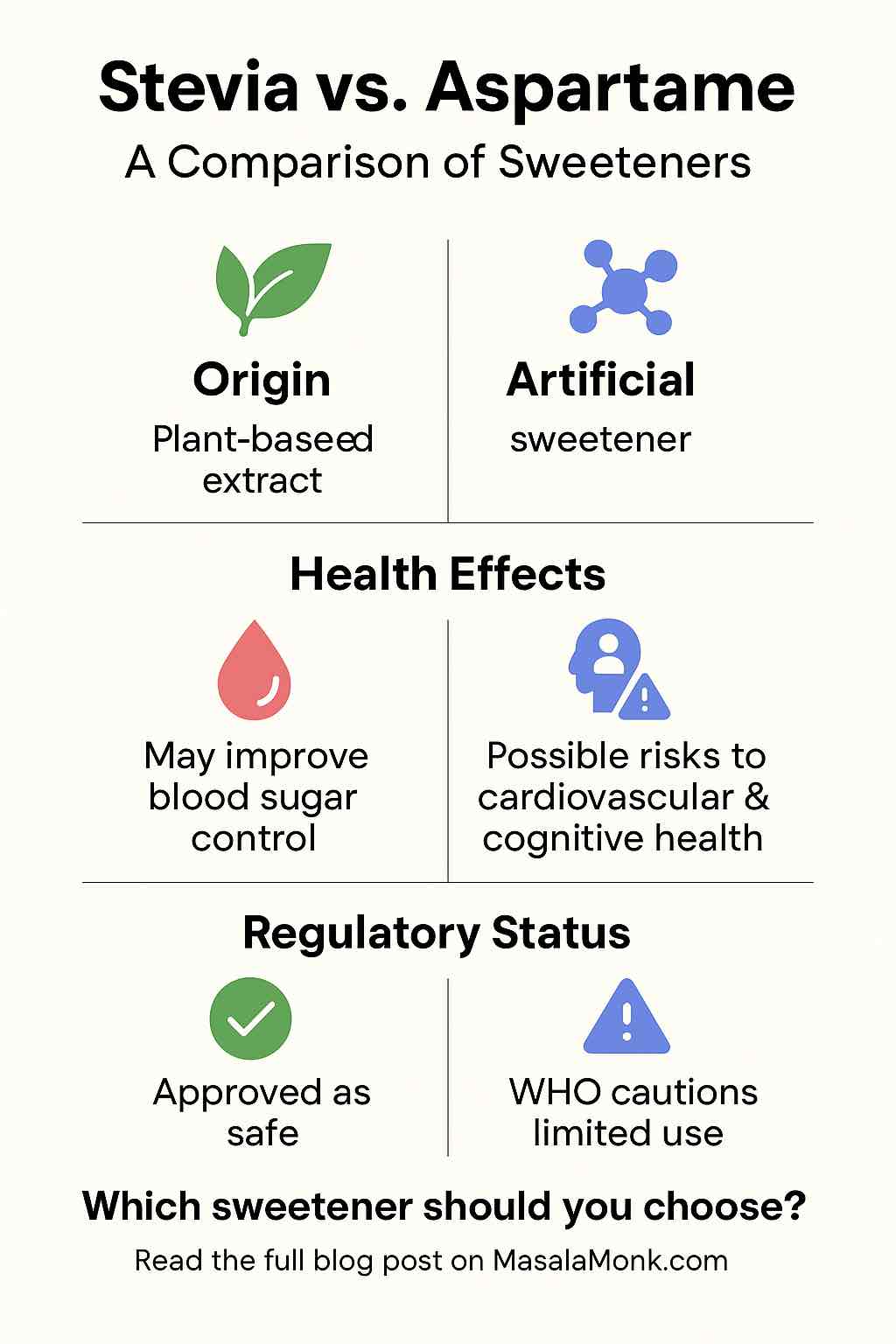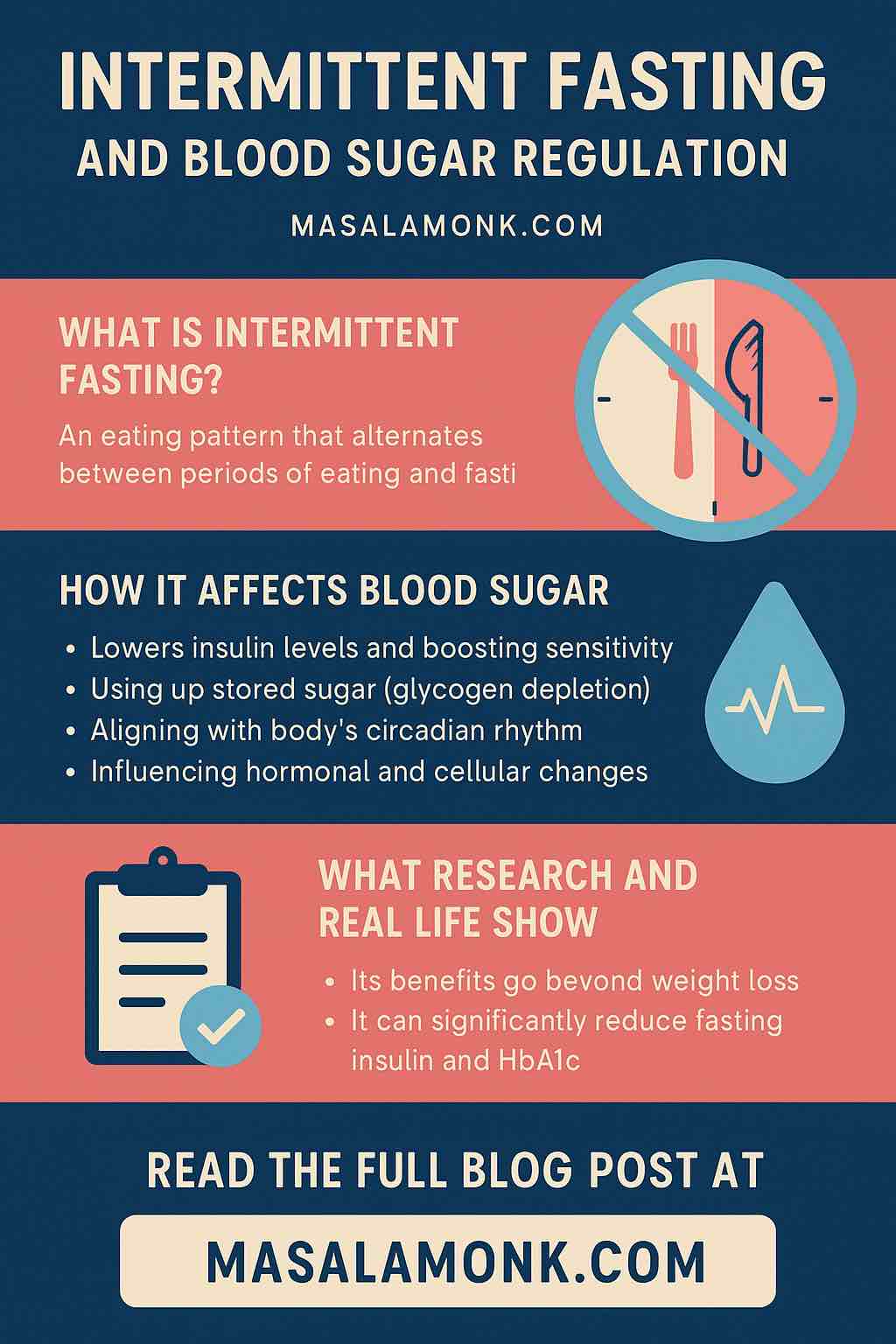
Are you tired of “1000mg” fish oil capsules with a fraction of the omega-3 you actually need?
Does your Indian diet lack fatty fish, or do you struggle with joint aches, poor recovery, or brain fog?
If yes, you’re not alone. Most urban Indian diets are omega-3 deficient, and for athletes, busy professionals, and even seniors, the right supplement can be game-changing.
MuscleBlaze Omega 3 Fish Oil Gold is one of the few truly “triple-strength” fish oils available in India—offering a high-dose, one-capsule solution trusted by thousands.
This review is practical, honest, and backed by verified user feedback—with direct links for easy browsing and best deals.
Buy or see full product details here – MuscleBlaze Gold (affiliate link)
At a Glance: MuscleBlaze Omega 3 Gold
- Type: Triple Strength Fish Oil (Gold Series)
- Omega-3 per Capsule: 1,300mg (EPA 500mg + DHA 400mg)
- Pack Size: 60 softgels (~2 months’ supply for most)
- Typical Price: ₹800–₹950 (see latest price on Amazon)
- Best For: Muscle recovery, joint comfort, heart & brain health, fitness enthusiasts, adults 30+
- Where to Buy: Amazon India (best deal, latest stock)
Ingredient Deep-Dive: What Makes MB Gold Stand Out?
High-EPA/DHA Formula
Most “1000mg” fish oil capsules in India actually offer only 180mg EPA + 120mg DHA (the rest is filler oil).
MuscleBlaze Gold delivers 500mg EPA + 400mg DHA in ONE softgel—the amount shown in research to be effective for:
- Cardiovascular health (cholesterol, triglycerides, blood pressure)
- Brain performance, mood, memory
- Reducing inflammation & muscle soreness
- Joint comfort and mobility (especially for active adults & seniors)
- Eye, hair, and skin support
Source:
- Fish: Wild-caught sardines (low on the food chain = lower mercury)
- Purification: Molecular distillation—removes mercury, heavy metals, PCBs
- Capsule: Vanilla-flavored softgel to reduce fishy burps
Also read: Best Fish Oil Supplements on Amazon India
Ingredient Table
| Component | Per Softgel |
|---|---|
| Fish Oil | 1300mg |
| EPA (Eicosapentaenoic Acid) | 500mg |
| DHA (Docosahexaenoic Acid) | 400mg |
| Other Omega-3s | ~400mg |
| Capsule | Bovine gelatin, vanilla flavor |
Want to see the label and more photos? View Amazon India product page.
What Real Users Say (Amazon India Feedback & Analysis)
⭐ Top Positives
- “Best value for money, strong EPA+DHA, really helps with muscle soreness and joint pain.”
- “No fishy burps if taken with food.”
- “One softgel covers my daily requirement. I verified my bottle’s authenticity—very easy process.”
- “Significant difference in post-workout recovery and less joint ache after two weeks.”
❗ Common Complaints
- “Capsule size is a little big, but manageable for most adults.”
- “Some fishy burps—solved by taking with main meal.”
- “A couple of bottles had a faint smell, but product was fresh.”
1★–2★ Feedback Highlights
- “Still got fish burps, even with coating.”
- “Had mild stomach upset; doctor said to lower the dose.”
- “Didn’t see any visible results in a month.”
Practical Tips for Best Results
How to Take:
- 1 softgel daily (with breakfast or lunch)
- Swallow whole with water (do not chew)
- Take with a fatty meal for best absorption and minimal aftertaste
Pro Tips:
- If you have trouble swallowing, cut the capsule and mix with a spoon of yogurt or smoothie (taste may be strong for some)
- Always check for freshness—fish oil should never smell rancid
Stacking:
Safe with multivitamins, vitamin D, protein, creatine, joint or bone supplements (unless your doctor advises otherwise).
Omega-3 Comparison Table (Top Indian Brands)
| Brand/Product | EPA per Cap | DHA per Cap | Other Omega-3s | Price (60 caps) | Buy/Info | Notes |
|---|---|---|---|---|---|---|
| MuscleBlaze Gold (Triple Strength) | 500mg | 400mg | ~400mg | ₹875 | View/Buy ➔ | High dose, trusted, vanilla flavor |
| MuscleBlaze Standard | 180mg | 120mg | ~700mg | ₹480 | View/Buy ➔ | Lower dose, small capsule |
| Wellbeing Nutrition Omega 3 | 612mg | 408mg | — | ₹948 | View/Buy ➔ | Slow-release, curcumin-infused |
| Carbamide Forte Triple Strength | ~495mg | ~330mg | — | ₹699 | View/Buy ➔ | Value option, bestseller |
| TrueBasics Omega 3 | 525mg | 375mg | — | ₹649 | View/Buy ➔ | Competitive, good for daily use |
| Tata 1mg Omega 3 | 560mg | 400mg | — | ₹715 | View/Buy ➔ | Good strength, budget option |
| Neuherbs Deep Sea | 892mg | 594mg | — | ₹1,200 | View/Buy ➔ | Highest dose, higher price |
Also read: Best Fish Oil Supplements on Amazon India
Brand Trust, Testing & Authenticity
- Manufacturer: Maxcure Nutravedics (for MuscleBlaze, India)
- 3rd-Party Testing: Verified for mercury, heavy metals, and purity
- Authentication: Each bottle has a scratch code—verify on MuscleBlaze or Amazon listing (see here)
- Shipping: Amazon India/Flipkart are official channels for fresh stock and easy returns
Who Should Use MuscleBlaze Omega 3 Gold?
Recommended For:
- Active adults, gym-goers, fitness enthusiasts
- Anyone with low fish/seafood in their diet
- People with joint aches, poor recovery, or needing heart/brain support
- Seniors looking for anti-inflammatory and cognitive benefits
Avoid if:
- You cannot swallow large capsules (try a lower-strength or liquid option)
- You are allergic to fish or bovine gelatin
- You are vegetarian/vegan (look for algae-based omega-3s)
Day-to-Day Experience: What to Expect
- Capsule Size: Slightly larger than basic fish oil, but standard for triple-strength. Most adapt quickly.
- Taste/Smell: Minimal aftertaste for most, thanks to vanilla coating. Some sensitive users still notice fishy burps—timing with meals nearly always helps.
- No Fishy Burps (for most): Take with food for best results.
- Noticeable Benefits: Many report less joint pain, faster post-exercise recovery, and improved skin/hair after 3-6 weeks.
- Side Effects: Mild stomach upset for some if taken on empty stomach or in excess.
Cost & Value Analysis
- Price per capsule: ₹14–₹15
- True EPA+DHA mg: 900mg per softgel—best-in-class value for money in India
- Compare to Standard MB: You’d need 2-3 standard capsules (₹480/60) to match one Gold softgel’s dose (see MB Standard here).
For current deals and offers:
Check today’s Amazon India price for MB Gold ➔
Where to Buy (Official & Trusted Links)
- MuscleBlaze Omega 3 Gold (Triple Strength) [affiliate link]:
Buy/Info ➔ https://amzn.to/44WNqt6 - MuscleBlaze Standard Omega 3 ➔
- Wellbeing Nutrition Omega 3 ➔
- Carbamide Forte Triple Strength ➔
- TrueBasics Omega 3 ➔
- Tata 1mg Omega 3 ➔
- Neuherbs Deep Sea Omega 3 ➔
These are all official listings for price comparison, browsing reviews, and fast shipping/returns.
Practical FAQ
1. What is the correct way to take MuscleBlaze Omega 3 Fish Oil Gold?
Take one softgel daily with your main meal (preferably breakfast or lunch) and a glass of water. Taking it with food helps improve absorption and reduces any chance of fishy aftertaste.
2. Will I get fishy burps or aftertaste from this product?
Most users report minimal or no aftertaste due to the vanilla-flavored coating. However, a small number of people still notice mild fishy burps, especially if taken on an empty stomach. Always take with food to minimize this effect.
3. How does MuscleBlaze Omega 3 Gold compare to regular (standard) fish oil capsules?
MuscleBlaze Gold offers much higher EPA and DHA per capsule (500mg + 400mg) than regular fish oils, which often have just 180mg EPA + 120mg DHA. You get clinical-strength omega-3 with just one pill, making it more convenient and cost-effective.
4. Is MuscleBlaze Omega 3 Gold safe for long-term use?
Yes, for most healthy adults, it is safe for daily, long-term use. Omega-3s are essential nutrients. Consult your doctor if you are pregnant, breastfeeding, on blood thinners, or have chronic health conditions.
5. Can vegetarians or vegans take this product?
No, this product is made from fish oil (sardines) and contains bovine gelatin. Vegetarians or vegans should look for algae-based omega-3 supplements instead.
6. Does this product need to be refrigerated after opening?
Refrigeration is not required. Store the bottle in a cool, dry place away from sunlight. If you live in a very hot climate, you may keep it in the fridge for added freshness—just do not freeze.
7. Can I take MuscleBlaze Omega 3 Gold with other supplements like multivitamins or protein powder?
Yes, it is safe to combine with most common supplements. There are no known negative interactions with protein powders, multivitamins, vitamin D, or most joint support products. Always check with your doctor if you are on prescription medication.
8. How soon can I expect to see results from this supplement?
Benefits like improved joint comfort, faster muscle recovery, or better skin/hair can be noticed in 3–6 weeks with consistent daily use. Cardiovascular and cognitive effects are long-term and may take several months.
9. How do I check the authenticity of my MuscleBlaze Omega 3 Gold bottle?
Each bottle comes with a scratch code that you can verify on the official MuscleBlaze website or by following instructions on the packaging. Always buy from trusted sources like Amazon India (official link) for genuine products.
10. Who should avoid taking MuscleBlaze Omega 3 Gold?
People who are allergic to fish or bovine gelatin, those with bleeding disorders or on blood-thinning medication, and individuals under medical supervision should consult a healthcare professional before starting. It’s not suitable for vegetarians or vegans.
Final Verdict: Is MuscleBlaze Omega 3 Gold Worth It?
If you want real clinical-strength omega-3 in a single daily softgel—without breaking the bank—MuscleBlaze Gold is a clear winner in the Indian market.
You get 900mg EPA+DHA per capsule, third-party purity, brand trust, and a price that easily beats most Western imports or local “standard” capsules.
Most users notice benefits for joints, recovery, and energy within 1-2 months.
Minor drawbacks (capsule size, rare aftertaste) are easy to manage by taking with food.
Ready to see latest deals, browse real reviews, or buy MuscleBlaze Omega 3 Gold?
Click here for Amazon India’s best offer ➔
Sources & References
- Official MuscleBlaze Omega 3 Gold Product on Amazon India
- Amazon India and Flipkart user reviews
- Official brand info (muscleblaze.com)
- Third-party lab testing and fish oil research (PubMed, examine.com)
- Competitor product labels and direct listings
Affiliate Disclosure:
This post contains affiliate links. I may earn a commission at no extra cost to you if you buy through these links. This supports my work bringing you honest, practical health reviews.
Also Read:
Best Fish Oil Supplements on Amazon India
What Is Fish Oil Good For? Benefits, Side Effects, and More
Fish Oil and Cortisol: Can Omega-3 Help You Manage Stress Hormones?













